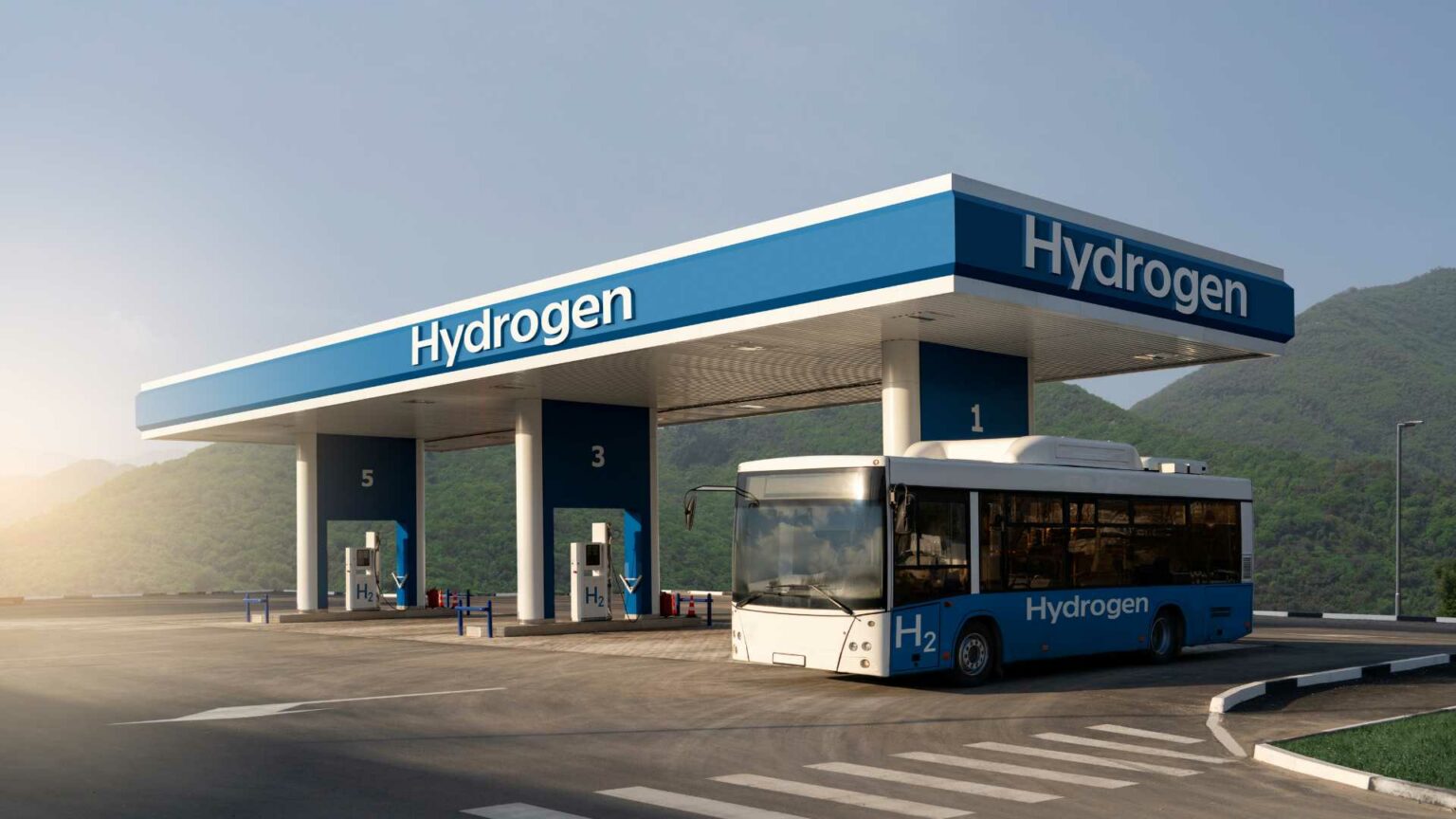Fuel cell electric buses (FCEBs) have taken the transit industry by storm, with a remarkable 75% increase in their presence within transit fleets over the past year.
This surge signifies a pivotal shift towards sustainable transportation practices, as indicated by Calstart’s latest report on zero-emission buses. While battery-electric bus fleets also experienced growth in the same period, their adoption rate lagged behind FCEBs, signaling a growing interest in hydrogen-powered technologies.
In 2023, the United States saw a 12% increase in the total number of new full-size zero-emission transit buses, with over 6,100 buses either on the road, delivered, on order, or funded. This growth underscores a commitment to clean transportation and reducing carbon footprints within the public transit sector. Despite these positive trends, challenges such as inflation, production issues, and financial constraints have posed obstacles for bus manufacturers in meeting the escalating demand.
The significant uptick in FCEBs within transit fleets highlights a shift towards harnessing hydrogen fuel cells to power electric motors and recharge batteries. This technology offers advantages such as extended range and enhanced energy recovery, making it an attractive option for transit agencies looking to transition away from traditional internal combustion engines. States like California, Delaware, Illinois, and Nevada have significantly increased their FCEB fleets, signaling a broader industry trend toward embracing hydrogen-powered solutions.
Calstart advocates for the use of statewide procurement contracts to streamline the purchasing process of zero-emission buses. By leveraging these contracts, transit agencies can expedite the adoption of zero-emission vehicles, accelerating the transition to a greener and more sustainable public transportation system.
